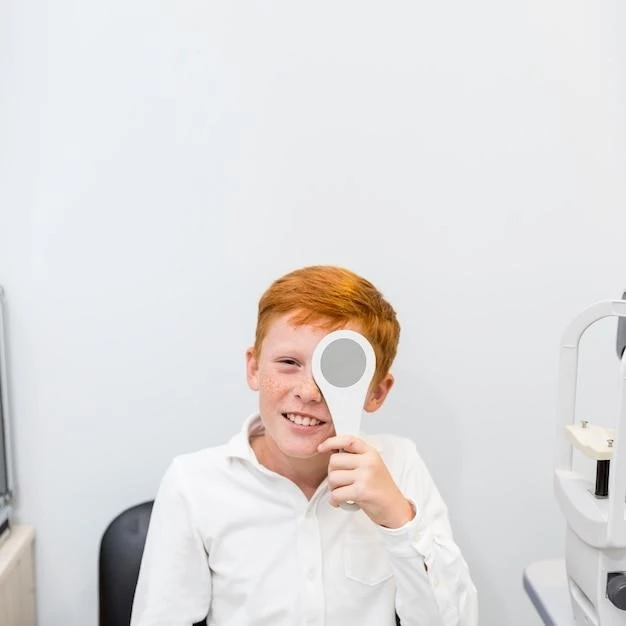Introduction to Cenani–Lenz Syndactylism
Cenani-Lenz Syndactylism is a rare genetic disorder characterized by the fusion of fingers and toes. The causes of this condition are related to genetic mutations that affect the development of limbs during embryogenesis.
Individuals with Cenani-Lenz Syndactylism may experience a range of symptoms including webbed fingers and toes, irregular bone growth, and limited range of motion in the affected limbs.
Treatment options for Cenani-Lenz Syndactylism usually involve surgical interventions to separate fused digits, improve functionality, and enhance the overall appearance of the hands and feet.
Causes of Cenani–Lenz Syndactylism
Cenani-Lenz Syndactylism is primarily caused by mutations in the LRP4 gene. These mutations disrupt the normal development of limbs during fetal growth, leading to the fusion of fingers and toes. The inheritance pattern of this disorder is autosomal recessive, meaning that both parents must carry a copy of the mutated gene for a child to be affected.
While the exact mechanisms by which LRP4 gene mutations result in syndactylism are not fully understood, research suggests that they interfere with the signaling pathways crucial for limb development. Genetic testing can help confirm the diagnosis and determine the specific mutation responsible for the condition.
Symptoms of Cenani–Lenz Syndactylism
Individuals with Cenani-Lenz Syndactylism typically present with webbed fingers and toes, where the skin and soft tissues between digits are fused. This fusion can vary in severity, affecting one or more fingers or toes on both hands and feet. In addition to the physical abnormality, affected individuals may experience irregular bone growth, leading to differences in limb length and joint deformities.
Other symptoms may include limited range of motion in the affected digits, difficulties with fine motor skills, and challenges with grasping objects. The appearance of the hands and feet can also be altered, impacting both function and aesthetics. Early diagnosis and intervention are crucial in managing the symptoms and improving the quality of life for individuals with Cenani-Lenz Syndactylism.
Treatment Options for Cenani–Lenz Syndactylism
The primary treatment for Cenani-Lenz Syndactylism is surgical intervention. Surgical procedures aim to separate the fused digits, reconstruct the soft tissues, and improve the overall function and appearance of the hands and feet. The specific surgical approach will depend on the severity of syndactylism and individual anatomical considerations.
Orthopedic surgeons and hand specialists collaborate to develop a personalized treatment plan for each patient. Post-operative rehabilitation may include physical therapy to enhance range of motion, strength, and dexterity. Early detection and timely surgical management are essential in achieving the best outcomes for individuals with Cenani-Lenz Syndactylism.
Prognosis for Individuals with Cenani–Lenz Syndactylism
The prognosis for individuals with Cenani-Lenz Syndactylism varies depending on the severity of the condition and the effectiveness of treatment. Early diagnosis and intervention can lead to improved outcomes, with many individuals achieving significant functional and cosmetic improvements through surgical procedures.
With advancements in surgical techniques and rehabilitation protocols, individuals with Cenani-Lenz Syndactylism can expect enhanced hand and foot function, increased independence in daily activities, and improved self-esteem. Regular follow-up care with healthcare providers is essential to monitor progress, address any emerging issues, and provide ongoing support for optimal long-term well-being.
Support and Resources for Cenani–Lenz Syndactylism

Individuals and families affected by Cenani-Lenz Syndactylism can benefit from accessing a range of support services and resources. Support groups provide a platform for sharing experiences, connecting with others facing similar challenges, and receiving emotional support.
Healthcare professionals, including genetic counselors, orthopedic surgeons, and occupational therapists, play a crucial role in providing comprehensive care and guidance throughout the treatment process. Educational materials, online forums, and advocacy organizations dedicated to rare genetic disorders can also offer valuable information and assistance.
Genetic Factors in Cenani–Lenz Syndactylism
Cenani-Lenz Syndactylism is a rare genetic disorder caused by mutations in the LRP4 gene, which plays a crucial role in limb development. These mutations disrupt the normal signaling processes involved in the formation of fingers and toes during fetal development, resulting in the fusion of digits.
The inheritance pattern of Cenani-Lenz Syndactylism is autosomal recessive, meaning that an individual must inherit two copies of the mutated gene (one from each parent) to manifest the condition. Genetic testing can help identify these mutations and assist in making an accurate diagnosis.
Surgical Interventions for Cenani–Lenz Syndactylism
Surgical interventions are the primary treatment approach for Cenani-Lenz Syndactylism, aiming to separate the fused digits and improve hand and foot function. The specific surgical procedure depends on the severity of syndactylism and individual anatomical considerations.
Orthopedic surgeons and hand specialists perform delicate procedures to release the webbing between fingers and toes, reconstruct soft tissues, and address any bone abnormalities. Post-operative rehabilitation, including physical therapy, is crucial to optimize recovery and enhance range of motion and strength in the affected limbs.
